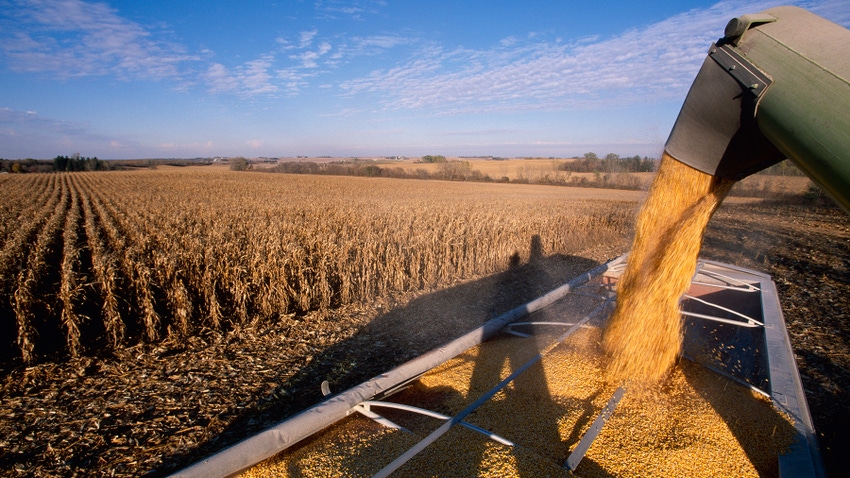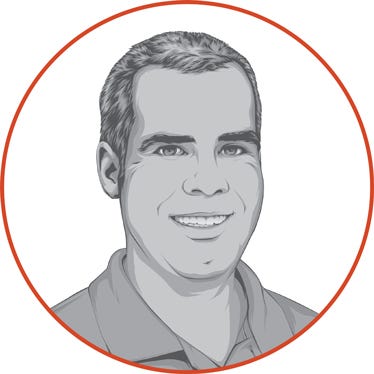
This week has been a sit-a-thon at the office desk. I’ve been checking and re-checking year-end totals and firming up plans for 2024. I’ve tallied totals between the different operations to make sure we are ordering the correct amount of product. We’ve been ordering many products and holding tight on some others, waiting to burn through old inventory in hopes of better pricing.
I’m taking a break now to re-visit this year’s best-of and worst-of edition.
Best-of:
Corn yields make the list of best-of. After a dry end of the summer, yields were a very pleasant surprise – surpassing expectations.
The weather makes the list just about every year. This year Indiana weather falls in the best-of category. It started out a bit shaky with planting delays in April, and then we had the wildfire smoke in June, then summer finished out dry in August, but it wasn’t terribly hot during the summer, harvest weather was really good, and weather in November and December remained dry and warm for the most part.
As we enter 2024, input price decline also is making a push for the best-of list. When pricing fertilizer products this fall it has been common to see reductions of 20% to 30% or more. Chemistry is also re-setting to more normal values after we worked our way through supply issues in 2022 and 2023.
Worst-of:
Commodity price declines make the worst-of list this year. Even though corn yields were pretty good, figuring in lower market prices really hurts. Gross revenue is down for many farmers. This is tough as 2023 was one of the most expensive years to plant a crop.
Seed pricing is making its way to the naughty list this year. Most corn seed prices are up, while soybean seed is mostly steady.
About the Author(s)
You May Also Like






